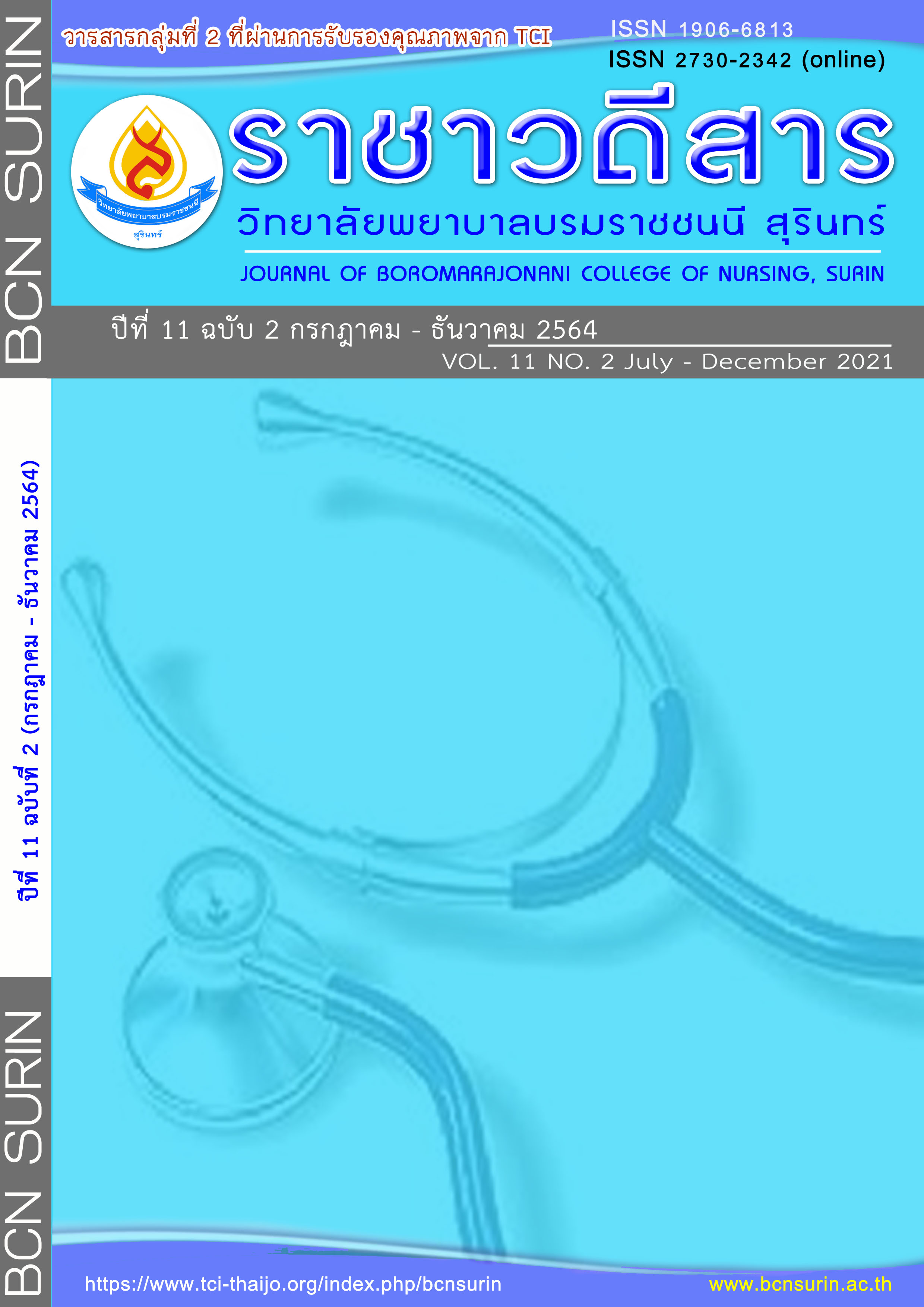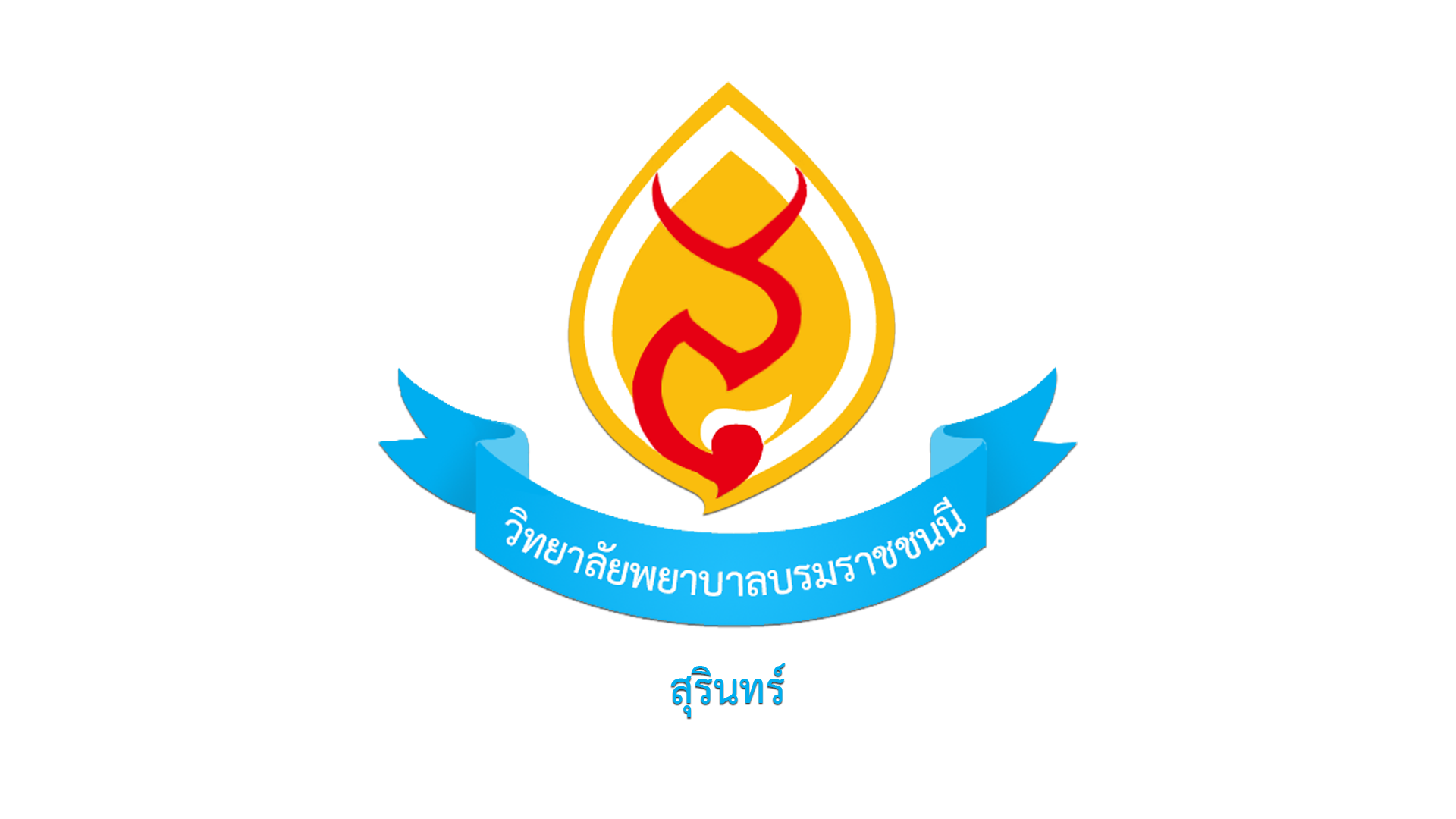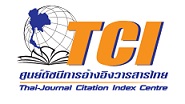แนวทางการประยุกต์ใช้รูปแบบการประเมิน CIPPiest ในการประเมินโครงการทางสุขภาพ
คำสำคัญ:
โครงการทางสุขภาพ, การประเมินโครงการ, รูปแบบการประเมิน CIPPiestบทคัดย่อ
ปัญหาสุขภาพเป็นปัญหาสำคัญที่มีผลกระทบต่อบุคคล ครอบครัว ชุมชน และประเทศชาติ ดังนั้นจึงเป็นบทบาทสำคัญของบุคลากรทางสุขภาพในการจัดทำโครงการต่างๆเพื่อส่งเสริมคุณภาพชีวิตของประชาชนให้ดีขึ้น การประเมินผลโครงการเป็นขั้นตอนหนึ่งที่มีความสำคัญที่จะช่วยประเมินความจำเป็นในการเปลี่ยนแปลงกิจกรรมหรือโครงการต่างๆที่กำลังดำเนินการ และเพื่อพิจารณาว่ากิจกรรมนั้นๆมีประสิทธิภาพเพียงใด รวมทั้งช่วยวิเคราะห์ความสอดคล้องของโครงการว่าตรงกับความต้องการของผู้รับบริการหรือไม่ รูปแบบการประเมิน CIPPiest เป็นรูปแบบการประเมินหนึ่งที่เหมาะสมในการประเมินโครงการทางสุขภาพ เพราะเป็นรูปแบบการประเมินที่เป็นระบบมีกระบวนการประเมินที่เป็นลำดับขั้นตอนชัดเจน มีความเป็นพลวัตร ข้อมูลได้จากผู้มีส่วนได้ส่วนเสียที่การเก็บข้อมูลด้วยวิธีการที่หลากหลายทั้งเชิงปริมาณและเชิงคุณภาพ จึงสอดคล้องบริบทของโครงการทางสุขภาพที่ต้องอาศัยความมีส่วนร่วมของมีที่ผู้เกี่ยวข้องหลายระดับการดำเนินโครงการจึงจะประสบความสำเร็จ รูปแบบการประเมิน CIPPiest ประกอบด้วย การประเมินหลักใน 4 มิติ ได้แก่ การประเมินบริบท (Context) การประเมินปัจจัยนำเข้า (Input) การประเมินกระบวนการ (Process) และการประเมินผลผลิต (Product) ซึ่งต่อมามีการขยายกรอบการประเมินผลผลิตเป็น 4 มิติย่อยเพื่อให้ครอบคลุมและเกิดประโยชน์ยิ่งขึ้น ได้แก่ การประเมินผลกระทบ (Impact) ประเมินประสิทธิผล (Effectiveness) ประเมินการคงอยู่ (Sustainability) และการประเมินการถ่ายโยงความรู้ (Transition) โดยในแต่ละมิติของการประเมินจะมีรายละเอียดเพื่อให้ผู้อ่านมีความเข้าใจและสามารถนำแนวทางการประเมิน CIPPiest ไปใช้ประเมินโครงการทางสุขภาพให้ประสบผลตามที่ตั้งเป้าหมายไว้
เอกสารอ้างอิง
เชาว์ อินใย. (2555). การประเมินโครงการ (พิมพ์ครั้งที่ 2). กรุงเทพฯ: สำนักพิมพ์แห่งจุฬาลงกรณ์มหาวิทยาลัย.
ทีปทัศน์ ชินตาปัญญากุล, สมจิตร เรืองศรี, กิตติศักดิ์ ลักขณา และพรภิรมย์ หลงทรัพย์. (2560). การประเมินหลักสูตรแนวใหม่: CIPPiest THE NEW CURRICULUM EVALUATION: CIPPiest MODEL. วารสารพยาบาลตำรวจ, 9(2), 203-212.
พิชิต ฤทธิ์จรูญ. (2557). เทคนิคการประเมินโครงการ (พิมพ์ครั้งที่ 2). กรุงเทพฯ: เฮ้าส์ ออฟ เคอร์มิสท์.
เยาวดี รางชัยกุล วิบูลยศรี. (2556). การประเมินโครงการ แนวคิดและแนวปฏิบัติ (พิมพ์ครั้งที่ 8). กรุงเทพฯ : จุฬาลงกรณ์มหาวิทยาลัย.
รัตนะ บัวสนธ์. (2556). CIPP และ CIPPIEST มโนทัศที่คาดเคลื่อนและถูกต้องในการใช้. วารสารศิลปากรศึกษาศาสตร์วิจัย, 5(2), 7-24.
ศิริชัย กาญจนวาสี. (2558). โมเดล CIPP ที่เปลี่ยนไป: ความหมาย ความสำคัญ และพัฒนาการ. สารสมาคมวิจัยสังคมศาสตร์แห่งประเทศไทย, 2(1), 3-10.
สมคิด พรมจุ้ย. (2562). เทคนิคการประเมินโครงการ (พิมพ์ครั้งที่ 7). กรุงเทพฯ: จตุพรดีไซน์.
สมหวัง พิธิยานุวัฒน์. (2559). วิธีวิทยาการประเมิน : ศาสตร์แห่งคุณค่า (พิมพ์ครั้งที่ 6). กรุงเทพฯ : สำนักพิมพ์แห่งจุฬาลงกรณ์มหาวิทยาลัย.
Ferris, H. A., & Devaney, A. (2017). Evaluation in Healthcare. Department of Public Health, HSE South. Retrieved from https://www.researchgate.net/publication/
Stufflebeam D. L, (2015). For applying CIPP evaluation model checklist: A tool the CIPP model to assess projects and programs. Western Michigan University. Retrieved from http://rszarf.ips.uw.edu.pl/ewalps/dzienne/cipp-model-stufflebeam2015.pdf
Stufflebeam D. L., & Shinkfield A. J. (2007). Evaluation theory, models & applications. San Francisco: Jossey-Bass.
ดาวน์โหลด
เผยแพร่แล้ว
รูปแบบการอ้างอิง
ฉบับ
ประเภทบทความ
สัญญาอนุญาต
เนื้อหาและข้อมูลในบทความที่ตีพิมพ์ในราชาวดีสาร วิทยาลัยพยาบาลบรมราชชนนี สุรินทร์ ถือเป็นข้อคิดเห็นและความรับผิดชอบของผู้เขียนบทความโดยตรง ซึ่งกองบรรณาธิการวารสารไม่จำเป็นต้องเห็นด้วย หรือร่วมรับผิดชอบใดๆ
บทความ ข้อมูล เนื้อหา รูปภาพ ฯลฯ ที่ได้รับการตีพิมพ์ในราชาวดีสาร วิทยาลัยพยาบาลบรมราชชนนี สุรินทร์ หากบุคคลหรือหน่วยงานใดต้องการนำทั้งหมดหรือส่วนหนึ่งส่วนใดไปเผยแพร่หรือกระทำการใดๆ จะต้องได้รับอนุญาตเป็นลายลักษณ์อักษรจากราชาวดีสาร วิทยาลัยพยาบาลบรมราชชนนี สุรินทร์ ก่อนเท่านั้น







